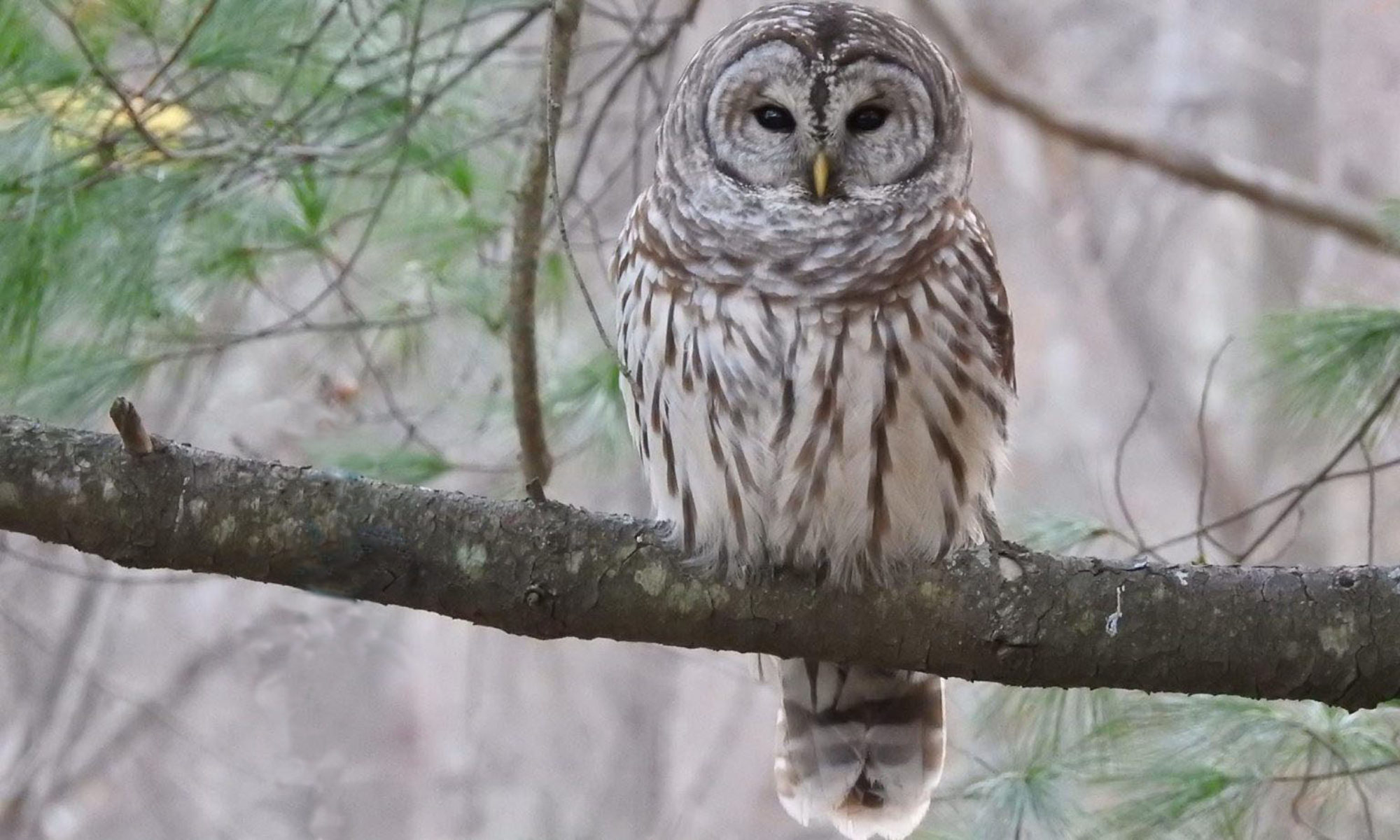It’s been so quiet lately in the doldrums of Summer, but there’s a showdown in the backyard this morning. A half-dozen or so Blue Jays are in a standoff with a similar number of Common Grackles over control of the sunflower seed feeder. It’s all posturing so far, but on the fringes the glossy Grackles are sharpening their beaks on the dangling remnants of bittersweet vines while the Jays are taking to the high branches and calling for reinforcements.
They appear to be families, mostly adults with a few first-years mixed into each group. I would go further to say the grackles resemble not just a family, but an organized-crime family. The internet says it’s an “annoyance” or “plague” of grackles, but in our yard “mob” would be more accurate for these brash, hierarchical thugs.
They are facing off against a “party” or “band” or “scold” of Jays–all apt collective nouns for this morning’s freewheeling garrulous crew. The band seems porous, with members coming and going, confusing the numbers and irritating the grackles even more.
So it’s good vs. evil in the backyard today, the bad guys all sleek in their glossy dark suits, the jays flashing their blue/black colors, a few drab youngsters in each crew for reinforcement, learning the ropes.

